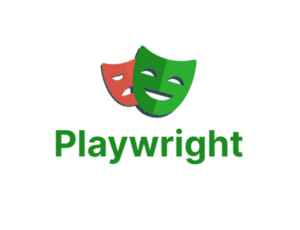“Buy now, pay later” is a tempting offer made by many firms to their customers to increase their customer base. However, both parties need to be aware of the risks when making such credit decisions.
Inconsistent or unreliable approaches to credit analysis expose firms to unnecessary risks. Lenders must be able to assess the risk of default for each customer so that they can decide to whom the offer should be granted. Unfortunately, accurately estimating the credit risk of a borrower is the most challenging task many lenders face.
Here, Credit Scoring Models can be a big relief that helps lenders in emerging markets standardize and improve lending decisions.
Credit Scoring Model -the advent of data analytics
A credit scoring model is a risk management tool that assesses the creditworthiness of a loan applicant by estimating the probability of default based on historical data. It allows one to distinguish between “good” and “bad” loans and give an estimate of the probability of default. Scoring calculations are based on payment record, frequency of payments, amount of debts, credit charge-offs and number of credit cards held. A weight is assigned to each factor considered in the model’s formula, and a credit score is assigned based on the evaluation.
The era of basing decisions solely on credit scores from bureaus are over. Today custom models work better and more accurately since they use data from several sources both internal and external to asses creditworthiness. Such data could include supplier information, account data, customer relationship or other market data. The more the data the more accurate and efficient the scoring model becomes.
The Scoring model helps lenders in analyzing and modeling data to gather insights that can be used to make accuracy in future decisions. Regardless of loan size, accuracy gains translate into higher profitability for lenders.
Most commonly used credit models have a range of 300 to 850. Each lender sets its own standards for what constitutes a “good” score. Scores over 690 are typically considered good credit scores
Using Machine Learning in model development
Lending firms have access to vast amounts of information about their customers and prospects. But they may face challenges sorting through and understanding everything. With
ML, businesses today take advantage of the huge volumes of data proliferating nearly every sector to create scoring models based on historical data.
The resulting model may be able to score more people, or more accurately score people, by finding previously unrecognized correlations. Additionally, ML can quickly analyse large amounts of data, which helps them in creating new custom models in less time.
Scoring models help lending firms grow their portfolios by lowering the cost of serving low-income customers and increasing the quality of service and customer satisfaction.
The Scoring model solution has several benefits to lenders:
- Quick and accurate evaluation of applications
- Reduce cost and time from manual risk assessment
- Reduce customer turnaround with fewer in-person interactions
- Improved accuracy of credit decisions
- Standardize criteria for decision making
- Minimize room for human error
- Adjust terms and shorten repayment schedules
- Offer additional products and upgrades
- Offer automated renewals for specific products
- Prequalify customers for new products or cross-sell products
Scoring models help to reduce debtor losses and supplier risk. Besides, it improves efficiency and accuracy in business processes. This translates into healthier turnover, lower operational costs, and – ultimately – better business continuity.
How Insight Consultants can help you?
Insight Consultants team of experts helps at various levels of the modelling process, from design to implementation, to validation. We guarantee tailored, flexible and pragmatic solutions with full transparency, speed, and accuracy. We provide 360-degree solutions starting with business consulting, solution creation, identify insights and generate predictive models to take advantage of all the data collected by lending firms. So, if you are looking for ways to harness the power of scoring models request a FREE CONSULTATION by filling the form.







